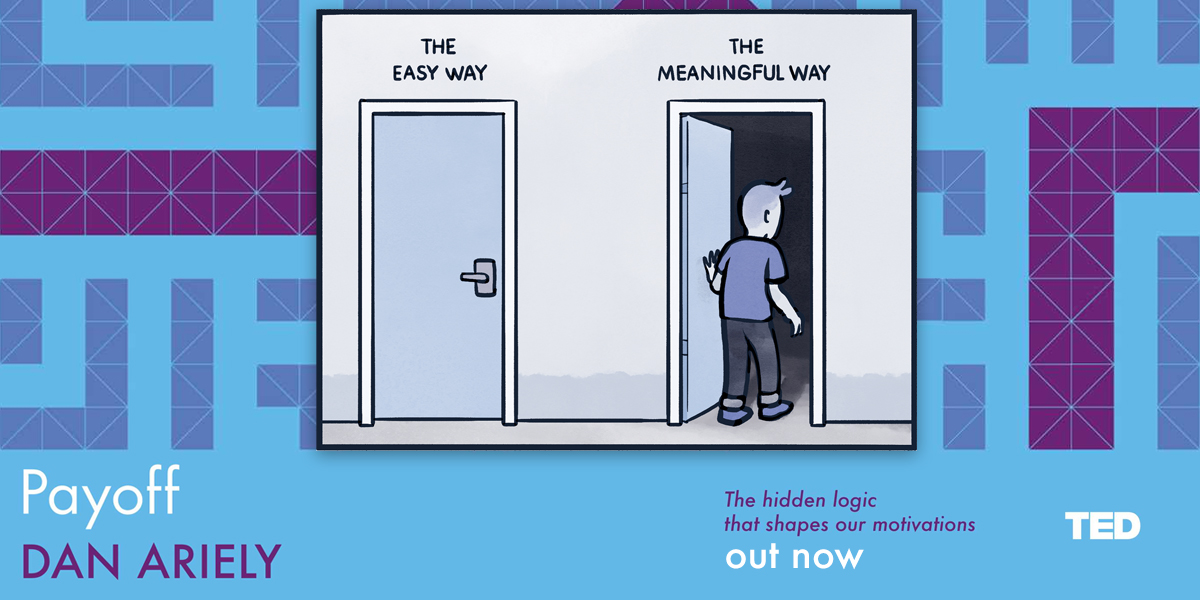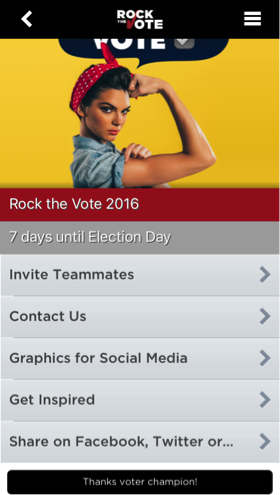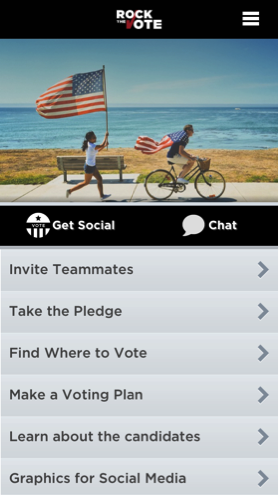Last post about the INT
After a month on the INT
Ooops, emails sent by mistake
Earlier today, a number of my blog subscribers received several automated messages for “new” blog posts, which were actually previously-published posts from the Center of Advanced Hindsight (my research lab). This was an accident that came about as I was trying to integrate the two sites. (I certainly did not intend to spam you!)
My team and I temporarily shut down the site while we identified the cause of the issue and made sure the mailing server was disabled. I am happy to report that the issue has now been resolved.
Please accept my apologies for cluttering your inbox (a topic I am extremely sensitive to). We are taking steps to ensure that this doesn’t happen again.
A penny for your thoughts?
Or, better yet.. would you be willing to help me out for free?
I’ve put together a quick non-academic questionnaire: Click here to take the survey
Your response will help me immensely in figuring out which route to take in an upcoming project. Thanks very much in advance! I appreciate everything you do.
Irrationally Yours,
Dan Ariely
Trust — a new talk
What gives you your #MondayMotivation?
A Young Boy’s Story, Through the Eyes of Artists
On November 15th, my TED book Payoff will be released. I shared the story with two artists, Brian and Jessica. Below is Brian’s artistic depiction of the story. I will post the art by Jessica in a few days.
If you read the introduction to the book, come back and look at this image. See how you feel about this depiction. For me, it captured a lot of my emotions and the complexity of the young boy’s experience. It helped me think differently about the story.
After reading the introduction to Payoff, come back to this and see what you think of these depictions. For me, they added extra richness, nuances, and even a bit more sadness.
Rock the Vote 2016!
Thousands of people are currently involved with getting out the vote. They canvas neighborhoods, stand on street corners, write letters, make calls, and donate money to campaigns. But they rarely know if this has an impact. That’s about to change.
We teamed up with Rock the Vote and VoteRockIt to design and build a new app that allows highly engaged voters to make an impact within their personal networks. The Rock the Vote 2016 app amplifies the motivation and energy of get-out-the-vote volunteers by creating direct links from dedicated voters to their more complacent friends.
Here’s where science comes in. Research has found that simply making a plan can be incredibly effective for actual follow-through. Additionally, letting your friends, family, and co-workers know that voting fulfills a social obligation is something that can serve as an important reminder of their civic duty and generate more interest and involvement going forward.
Interested? Great! We’re here to help you channel your efforts into impacting our democracy, one fence-sitter friend at a time. Become a voter champion by inviting friends in your virtual or local networks to join your team; sign the Rock the Vote pledge, find your polling site, look up the candidates on your ballot, and share posts to your larger social media networks. Most importantly, turn your voting enthusiasm into action-based, goal-driven steps for others. Use the app to encourage your complacent friends to commit to voting, to make a concrete plan, and finally, to share that they’ve actually done it. The power is in your hands.
Download Rock the Vote 2016 for Apple or Android and start the chain reaction today. Use Invite Code ‘10000’ to register as a Voter Champion.
The team that created the app includes Dan Ariely, Julie O’Brien PhD, Steven Prince PhD, Stephanie Tepper, and Allison Waters (Center for Advanced Hindsight), Matt Hudson (app developer and founder of VoteRockit), and the civic tech and policy team at Rock the Vote.
A New Episode of Arming the Donkeys
Ask Ariely: On Shorter Shifts, Clever Communication, and an Irritating Invasion
Here’s my Q&A column from the WSJ this week — and if you have any questions for me, you can tweet them to @danariely with the hashtag #askariely, post a comment on my Ask Ariely Facebook page, or email them to AskAriely@wsj.com.
___________________________________________________
Dear Dan,
A big local employer just announced that it is about to change its standard workday from eight hours to five. I suppose many people barely do two or three hours of good work a day anyway, but is shrinking the workday so drastically a good idea? in italics
—Bernard
To think this through, let’s break down our workday into three modes: productive, thoughtful, useful work; mindless, detail-oriented work that doesn’t demand much concentration but must get done; and, of course, wasting time.
When the workday is slashed from eight hours to five, which of these modes is likely to give way? If the three lost hours would otherwise have been spent procrastinating, the change is all to the good: We can waste time better on our own. And if it comes at the expense of drudge work, many people will just become more efficient at their more mindless tasks, with a minimal drop in productivity.
But I fear that those three hours will come at the expense of the most productive category of work. That’s because everyone likes the sense of satisfaction from making progress. We feel virtuous after emptying our email inbox or checking off items on our to-do lists. If the workday shrinks, we’d rather sacrifice real progress than surrender that feeling of gratification.
If we now split an eight-hour workday between one hour of thumb-twiddling, four hours of drudgery and three hours of serious work, I’d predict that the shorter workday will mean a half-hour less of wasted time, an hour less of mindless work and an hour and a half less of meaningful work.
This is just an educated guess, of course. If I ran your workplace, I would start by cutting the workday by 30 minutes, see what this does to productivity and adjust from there.
___________________________________________________
Dear Dan,
When you have to deliver two pieces of news, one bad and one good, which should you start with? I’ve always been told to deliver the bad news first, but I worry that its impact could be so distracting that the recipient won’t pay attention to the good news that follows.
—Galia
Why pick from just this constrained set of options? Is there really nothing else in the universe to share? I’d come up with another piece of good news to start with, such as the fact that we have eradicated smallpox and polio could be next—admittedly less relevant but undeniably cheerful. You can then sandwich your bad tidings between good ones.
___________________________________________________
Dear Dan,
While writing a document on my laptop with a colleague, he kept pointing to my screen and sometimes touched it with his finger. I found this incredibly annoying—and a strange invasion of privacy. I wouldn’t have minded if my co-worker had touched my arm, but I bristled when he touched my screen. What gives?
—Kim
After reading this, I asked a few people nearby to touch my laptop and then my elbow, and I felt the same irritation. I suspect that’s because once people touch our computer screens, we can’t avoid seeing the gross residue that their fingers leave, but we don’t think about the oil and dead skin cells left behind when somebody nudges us on the arm. Consider this more evidence that ignorance can be bliss.
See the original article in the Wall Street Journal here.
 Tweet
Tweet  Like
Like 


